gǔ
thighs
Originally written as 夃, depicting a person with a marker indicating the location of the thigh. Later the ⺼ component was added.
Components
Evolution

Bronze script
Late Western Zhou (~800 BC)
Seal script
Shuowen (~100 AD)
Clerical script
Qin dynasty (221-206 BC)Regular script
ModernDefinitions
gǔ
thighs, haunches, rump; share; thigh; part of a whole; portion of a sum; (stock) share; strand of a thread; low-level administrative unit, translated as "section" or "department" etc, ranked below 科[kē]; classifier for long winding things like ropes, rivers etc; classifier for smoke, smells etc: thread, puff, whiff; classifier for bands of people, gangs etc; classifier for sudden forceful actions
Sources
